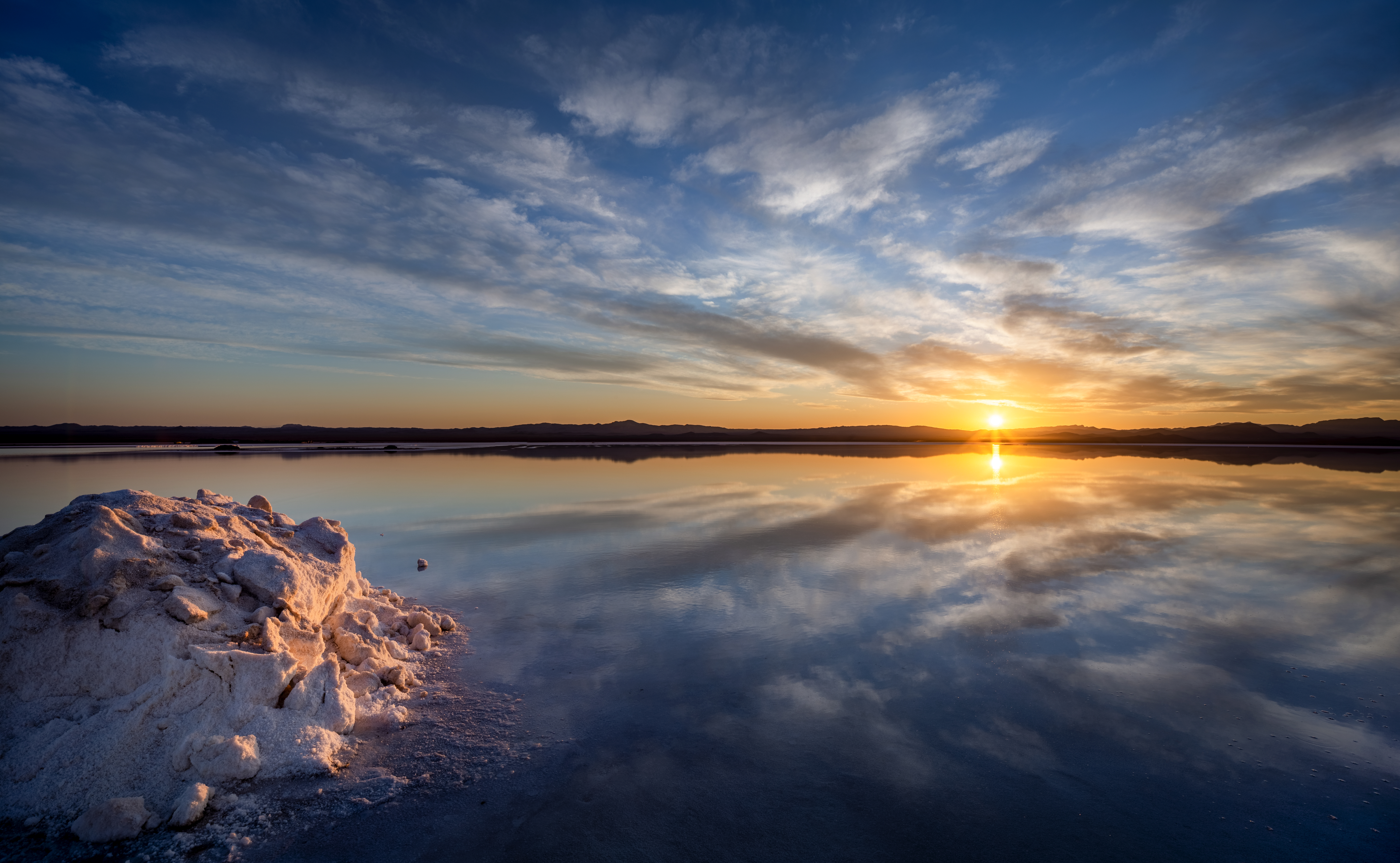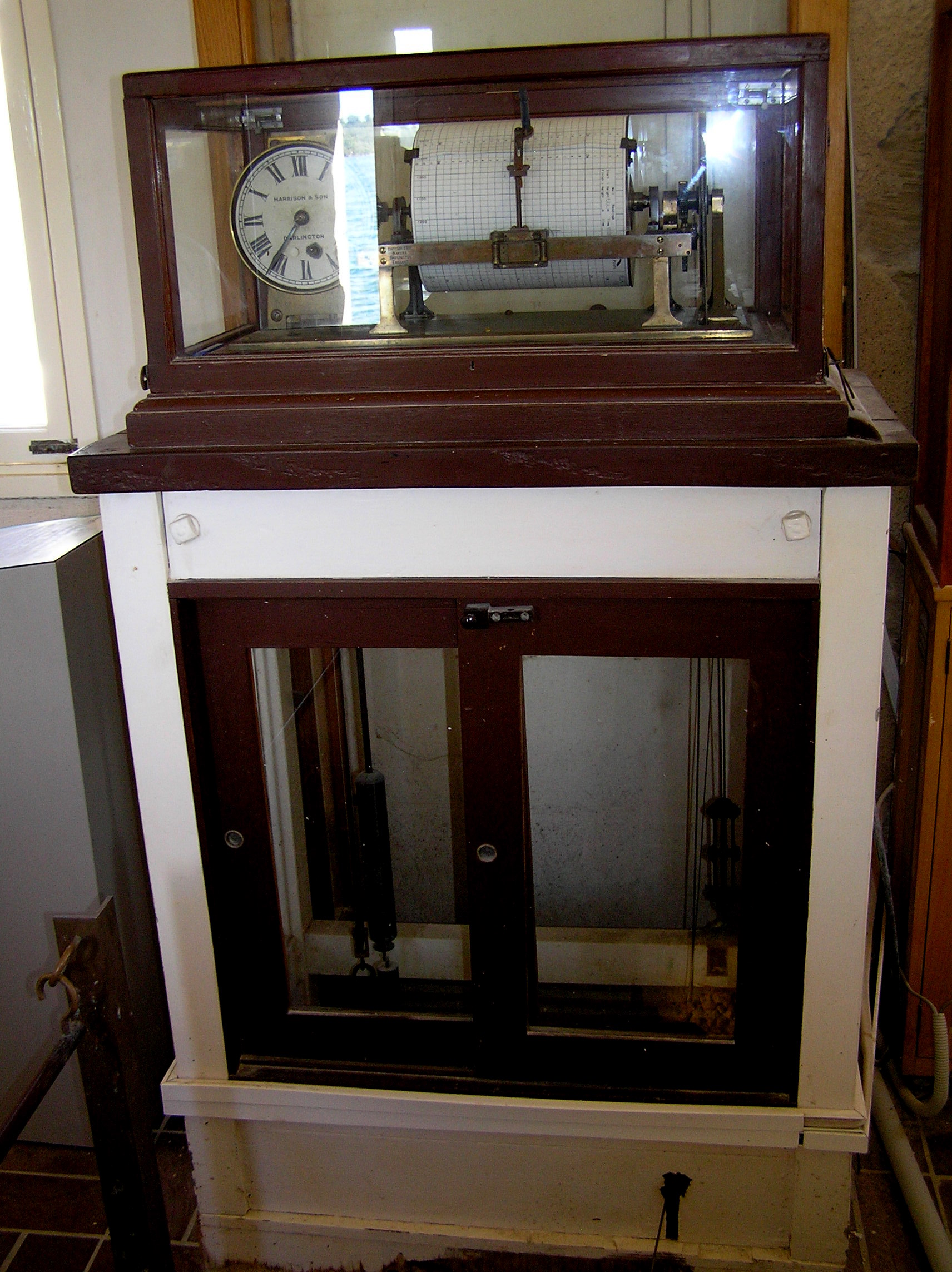|
Lake Breaden
Lake Breaden is a salt lake in the Gibson Desert of Western Australia, to the northeast of Boyd Lagoon. It covers an area of roughly and has a surface elevation of above sea level. European discovery Lake Breaden was named after Joseph "Joe" A. Breaden by David Carnegie in 1896 during the Carnegie expedition through remote parts of Western Australia. Breaden was Carnegie's second in command. The expedition left Coolgardie in July 1896, proceeded as far north as Halls Creek and returned by a more easterly route arriving back at Coolgardie in August 1897. See also * List of lakes of Western Australia The following lists of lakes of Western Australia are arranged alphabetically: * List of lakes of Western Australia, A–C (plus numerals) * List of lakes of Western Australia, D–K * List of lakes of Western Australia, L–P * List of lakes of ... References Breaden Breaden, Lake {{WesternAustralia-geo-stub ... [...More Info...] [...Related Items...] OR: [Wikipedia] [Google] [Baidu] |
Gibson Desert
The Gibson Desert is a large desert in Western Australia, largely in an almost "pristine" state. It is about in size, making it the fifth largest desert in Australia, after the Great Victoria, Great Sandy, Tanami and Simpson deserts. The Gibson Desert is both an interim Australian bioregion and desert ecoregion. Location and description The Gibson Desert is located between the saline Kumpupintil Lake and Lake Macdonald along the Tropic of Capricorn, south of the Great Sandy Desert, east of the Little Sandy Desert, and north of the Great Victoria Desert. The altitude rises to just above in places. As noted by early Australian explorers such as Ernest Giles large portions of the desert are characterized by gravel-covered terrains covered in thin desert grasses and it also contains extensive areas of undulating red sand plains and dunefields, low rocky/gravelly ridges and substantial upland portions with a high degree of laterite formation. The sandy soil of the laterit ... [...More Info...] [...Related Items...] OR: [Wikipedia] [Google] [Baidu] |
Western Australia
Western Australia (commonly abbreviated as WA) is a state of Australia occupying the western percent of the land area of Australia excluding external territories. It is bounded by the Indian Ocean to the north and west, the Southern Ocean to the south, the Northern Territory to the north-east, and South Australia to the south-east. Western Australia is Australia's largest state, with a total land area of . It is the second-largest country subdivision in the world, surpassed only by Russia's Sakha Republic. the state has 2.76 million inhabitants percent of the national total. The vast majority (92 percent) live in the south-west corner; 79 percent of the population lives in the Perth area, leaving the remainder of the state sparsely populated. The first Europeans to visit Western Australia belonged to the Dutch Dirk Hartog expedition, who visited the Western Australian coast in 1616. The first permanent European colony of Western Australia occurred following ... [...More Info...] [...Related Items...] OR: [Wikipedia] [Google] [Baidu] |
Salt Lake
A salt lake or saline lake is a landlocked body of water that has a concentration of salts (typically sodium chloride) and other dissolved minerals significantly higher than most lakes (often defined as at least three grams of salt per litre). In some cases, salt lakes have a higher concentration of salt than sea water; such lakes can also be termed hypersaline lakes, and may also be pink lakes on account of their colour. An alkalic salt lake that has a high content of carbonate is sometimes termed a soda lake. One saline lake classification differentiates between: *subsaline: 0.5–3 ‰ (0.05-0.3%) *hyposaline: 3–20‰ (0.3-2%) *mesosaline: 20–50‰ (2-5%) *hypersaline: greater than 50‰ (5%) Properties Salt lakes form when the water flowing into the lake, containing salt or minerals, cannot leave because the lake is endorheic (terminal). The water then evaporates, leaving behind any dissolved salts and thus increasing its salinity, making a salt lake an excellent pl ... [...More Info...] [...Related Items...] OR: [Wikipedia] [Google] [Baidu] |
Boyd Lagoon
Boyd Lagoon is a lagoon in the Gibson Desert of Western Australia, to the northwest of Tjirrkarli Community and to the southwest of Lake Breaden. It covers an area of roughly . See also * List of lakes of Western Australia The following lists of lakes of Western Australia are arranged alphabetically: * List of lakes of Western Australia, A–C (plus numerals) * List of lakes of Western Australia, D–K * List of lakes of Western Australia, L–P * List of lakes of ... References Lagoons of Australia Lakes of Goldfields–Esperance (Western Australia) {{WesternAustralia-geo-stub ... [...More Info...] [...Related Items...] OR: [Wikipedia] [Google] [Baidu] |
Shire Of Ngaanyatjarraku
The Shire of Ngaanyatjarraku is a remote local government area in Western Australia near the Northern Territory/South Australian border. It is from Perth. It was formed on 1 July 1993 following a report of the Local Government Boundaries Commission in 1992. The Shire of Wiluna was divided with the eastern area becoming the new Shire. It is a community of interest within the traditional lands of the Ngaanyatjarra people of the Central Desert of Western Australia. The 99-year leases held by the Ngaanyatjarra Land Council on behalf of the traditional owners also form the boundaries of the Shire of Ngaanyatjarraku. The Shire has of gravel road and is far from bitumen roads. The Federal Court of Australia on 29 June 2005 consented to the Native Title claim over approximately (about the size of Syria) of land in the Central Desert Region in the Shires of Laverton and Ngaanyatjarraku. Ngaanyatjarra is the first language of most residents (65%, see below) with the other langua ... [...More Info...] [...Related Items...] OR: [Wikipedia] [Google] [Baidu] |
Australian Height Datum
The Australian Height Datum was introduced in 1971 as the official vertical datum for Australia, and thereby serves as the benchmark to which all height measurements are referred. The Australian Height Datum is an amalgamation of decades of spirit levelling work conducted by numerous state and territory authorities across the country, and was corrected to align with the mean sea level observations of thirty tide gauges positioned around the entire coastline. While it remains the published vertical datum for all surveying and engineering operations performed throughout Australia, newer technologies have uncovered numerous deficiencies, offsets and distortions within the Australian Height Datum, leading to discussions about defining a new Australian vertical datum. Background The National Mapping Council (pre-1945) Prior to the creation of the Australian Height Datum, levelling surveys were carried out by professional surveyors for construction and mapping purposes usin ... [...More Info...] [...Related Items...] OR: [Wikipedia] [Google] [Baidu] |
GeoNames
GeoNames (or GeoNames.org) is a user editable geographical database available and accessible through various web services, under a Creative Commons attribution license. The project was founded in late 2005. The GeoNames dataset differs from, but includes data from, the US Government's similarly named GEOnet Names Server. Database and web services The GeoNames database contains over 25,000,000 geographical names corresponding to over 11,800,000 unique features. All features are categorized into one of nine feature classes and further subcategorized into one of 645 feature codes. Beyond names of places in various languages, data stored include latitude, longitude, elevation, population, administrative subdivision and postal codes. All coordinates use the World Geodetic System 1984 ( WGS84). Those data are accessible free of charge through a number of Web services and a daily database export. Wiki interface The core of GeoNames database is provided by official public ... [...More Info...] [...Related Items...] OR: [Wikipedia] [Google] [Baidu] |
David Carnegie (explorer)
The Hon. David Wynford Carnegie (23 March 1871 – 27 November 1900) was an explorer and gold prospector in Western Australia. In 1896 he led an expedition from Coolgardie through the Gibson and Great Sandy Deserts to Halls Creek, and then back again. Early life David Carnegie was born in London on 23 March 1871, the youngest child of James Carnegie, 9th Earl of Southesk. He was educated at Charterhouse in Godalming, Surrey but dropped out without graduating, and was thereafter educated by a private tutor. He later entered the Royal Indian Engineering College, but again dropped out without completing the course. In 1892, he travelled to Ceylon to work on a tea plantation. Finding it boring, he quit after a few weeks, and set sail for Australia with his friend Lord Percy Douglas. Gold prospecting On arriving in Albany, Western Australia in September 1892, Carnegie and Douglas learned of Arthur Bayley's discovery of gold at Coolgardie, and immediately decided to leave the ... [...More Info...] [...Related Items...] OR: [Wikipedia] [Google] [Baidu] |
Halls Creek
Halls is a plural of the word hall. Halls may also refer to: People * Walter Halls (1871–1953), British trade unionist and politician * Ethel May Halls (1882–1967), American actress * Julian Halls (born 1967), British field hockey player * Evelyn Halls (born 1972), Australian fencer * Roxana Halls (born 1974), English artist * Monty Halls (born 1976), British marine biologist and TV presenter * John Halls (born 1982), English footballer, mostly played for Stoke, Brentford and Aldershot, and model * Andy Halls (born 1992), English footballer, has played for Stockport, Macclesfield and Chester * Halls (footballer) (born 1999), Brazilian footballer * Henrique Halls (born 2002), Brazilian footballer Places * Halls, Georgia Halls is an unincorporated community in Bartow County, in the U.S. state of Georgia Georgia most commonly refers to: * Georgia (country), a country in the Caucasus region of Eurasia * Georgia (U.S. state), a state in the Southeast United Stat ..., an u ... [...More Info...] [...Related Items...] OR: [Wikipedia] [Google] [Baidu] |
List Of Lakes Of Australia
Natural freshwater lakes in Australia are rare due to the general absence of glacial and tectonic activity in Australia. Types Most lakes in Australia fall within one of five categories. Excluding lakes created by man-made dams for water storage and other purposes, one can identify the following: * coastal lakes and lagoons including perched lakes; * natural freshwater inland lakes, often ephemeral and some part of wetland or swamp areas; * the Main Range containing mainland Australia's five glacial lakes. In Tasmania, due to glaciation, there are a large number of natural freshwater lakes on the central plateau, many of which have been enlarged or modified by hydro-electric developments; * predominantly dry, salt lakes in the flat desert regions of the country lacking organised drainage; and * lakes created in volcanic remnants. List of lakes by state and territory Australian Antarctic Territory The following is a list of prominent natural lakes and lagoons in t ... [...More Info...] [...Related Items...] OR: [Wikipedia] [Google] [Baidu] |





